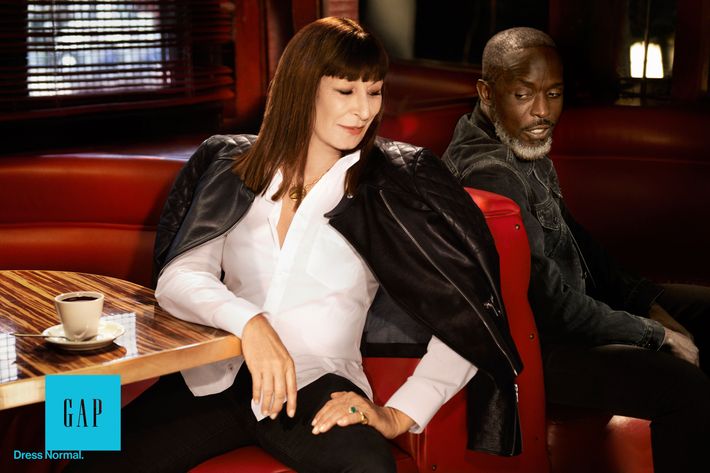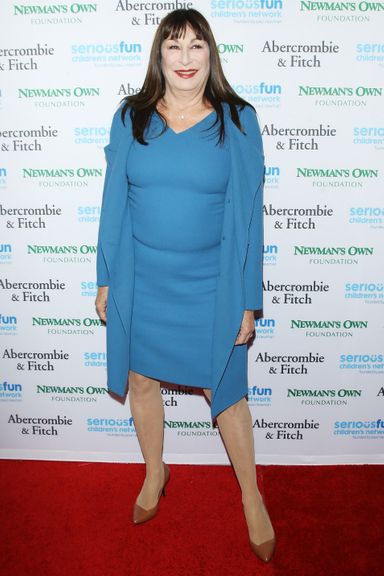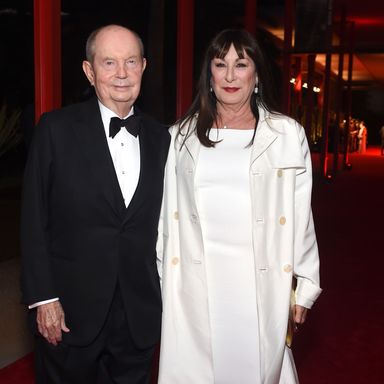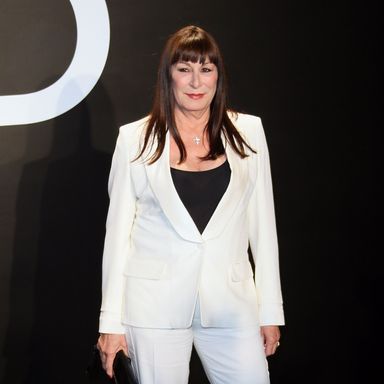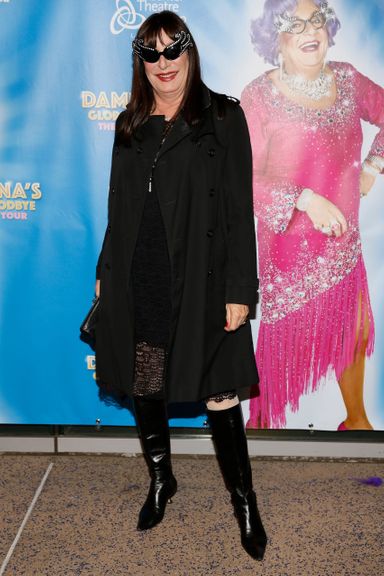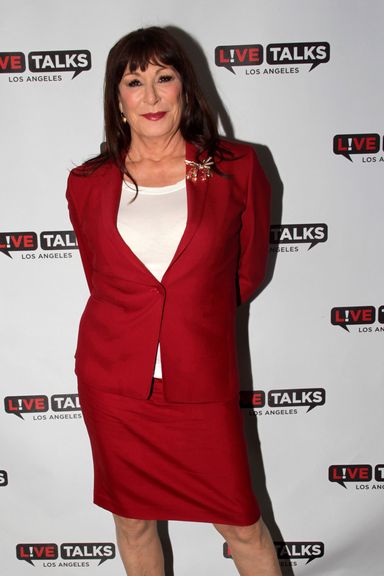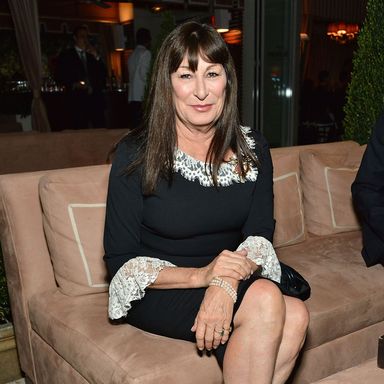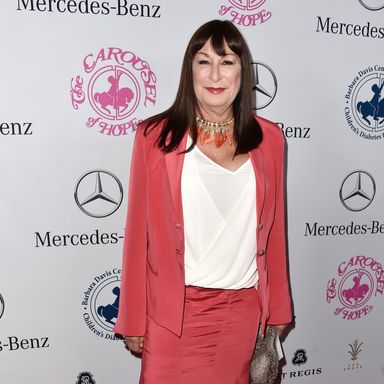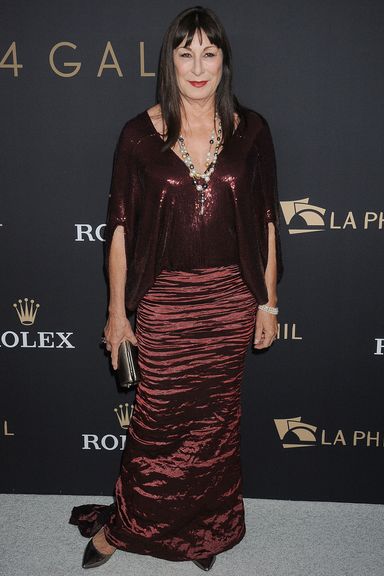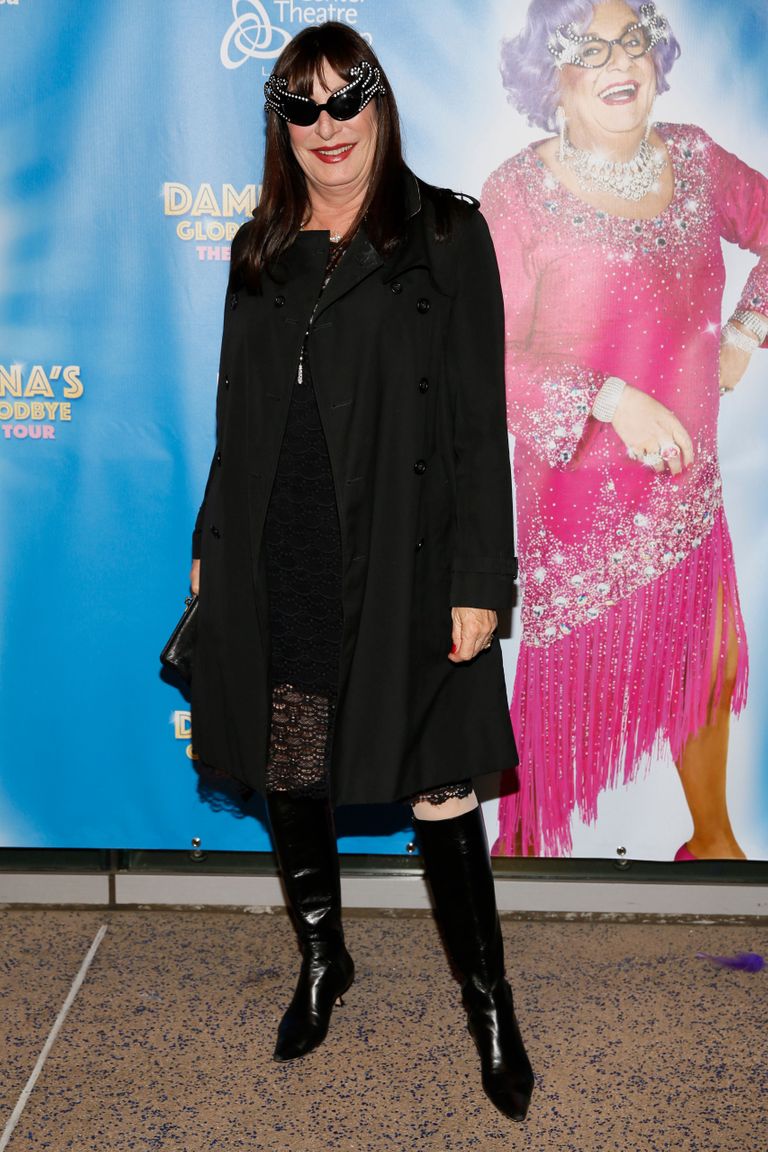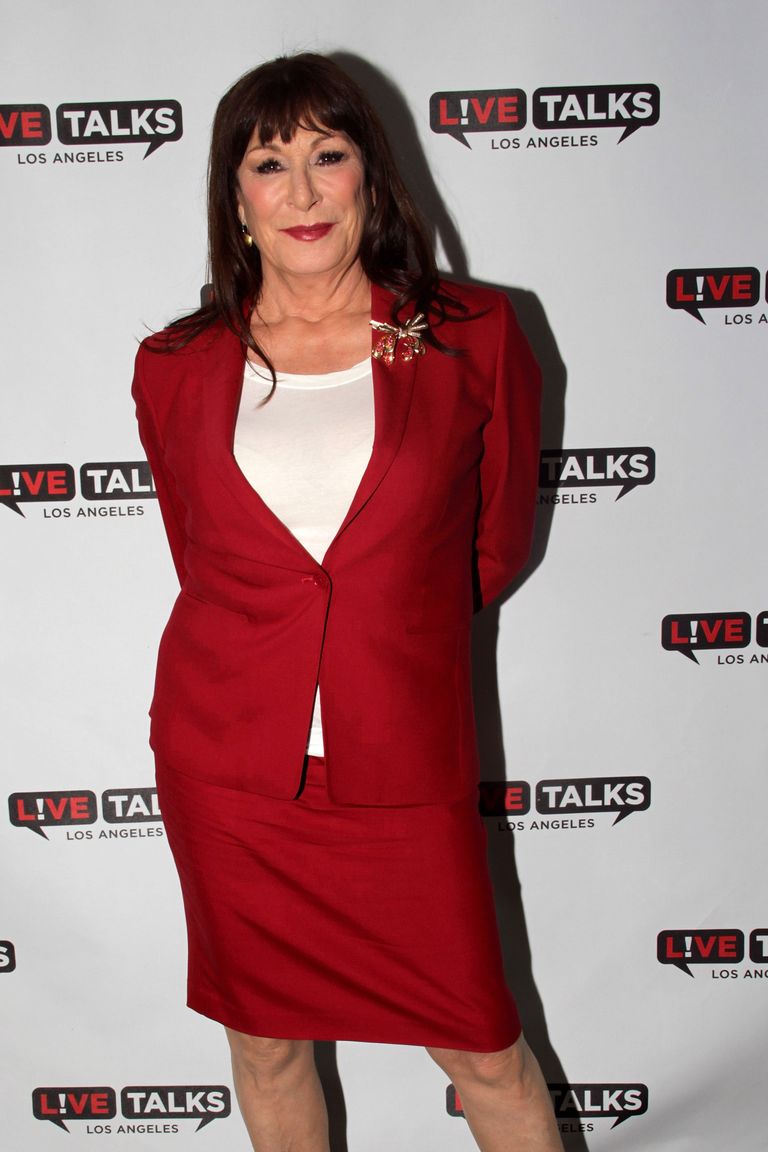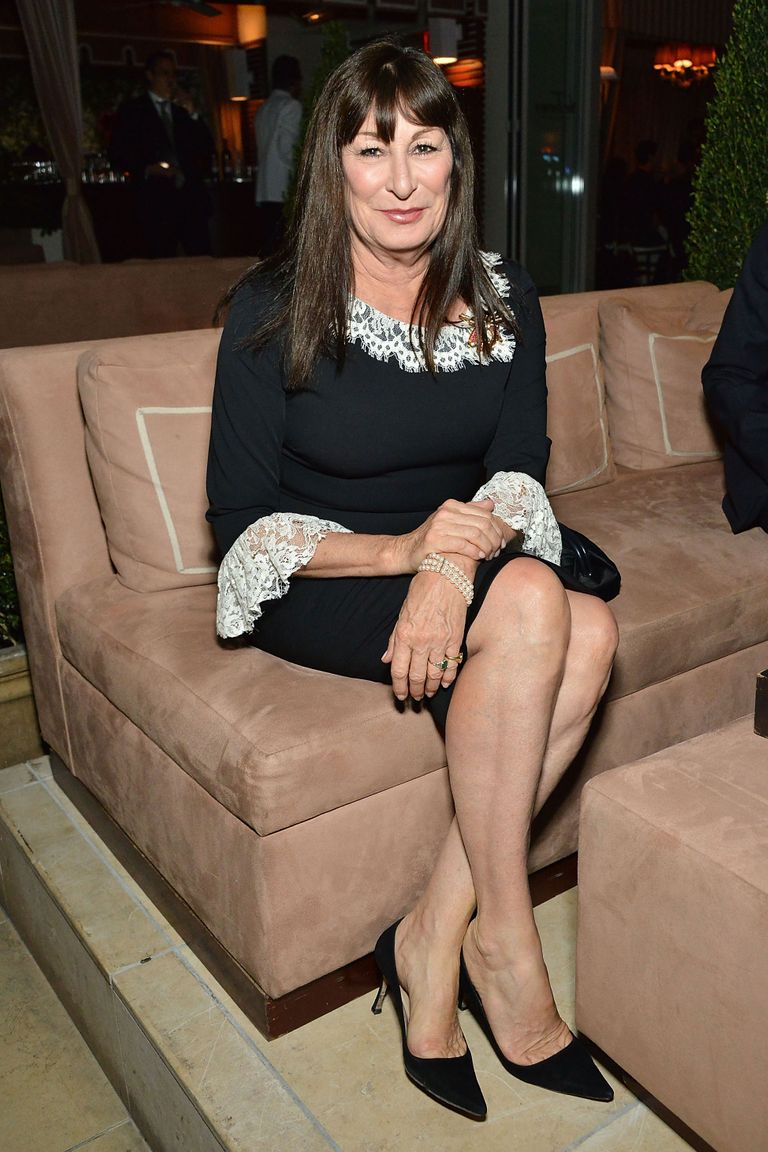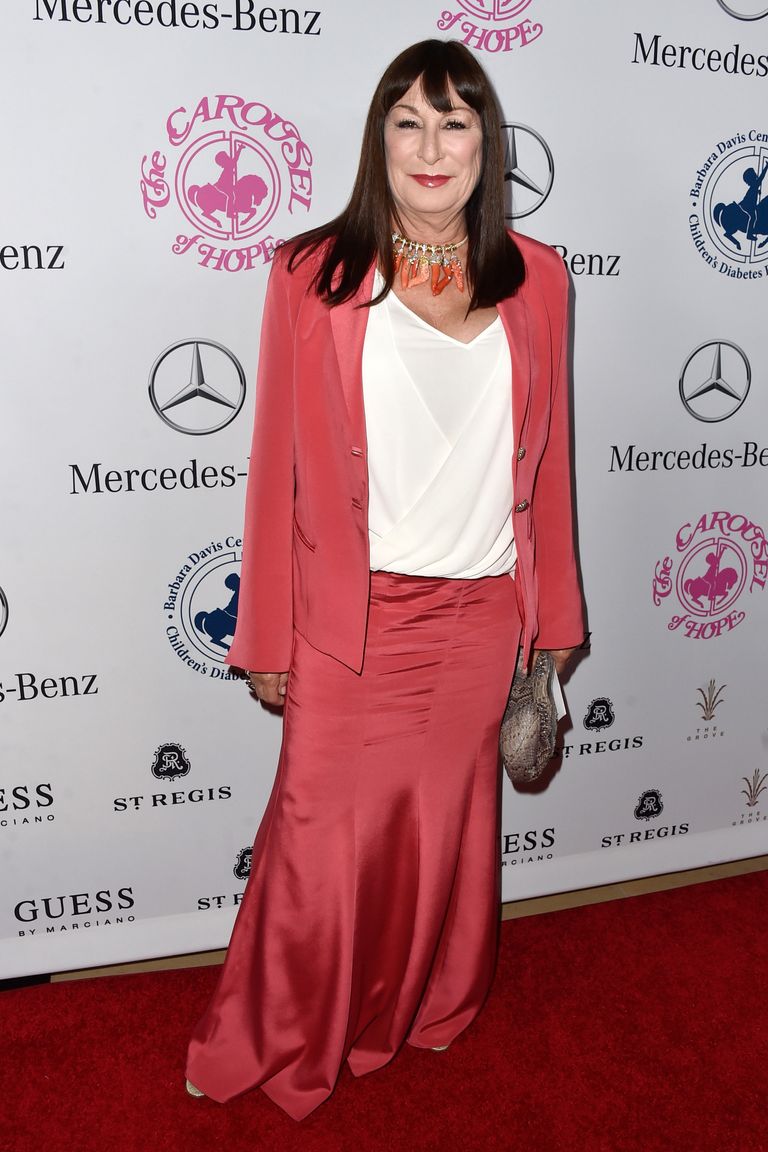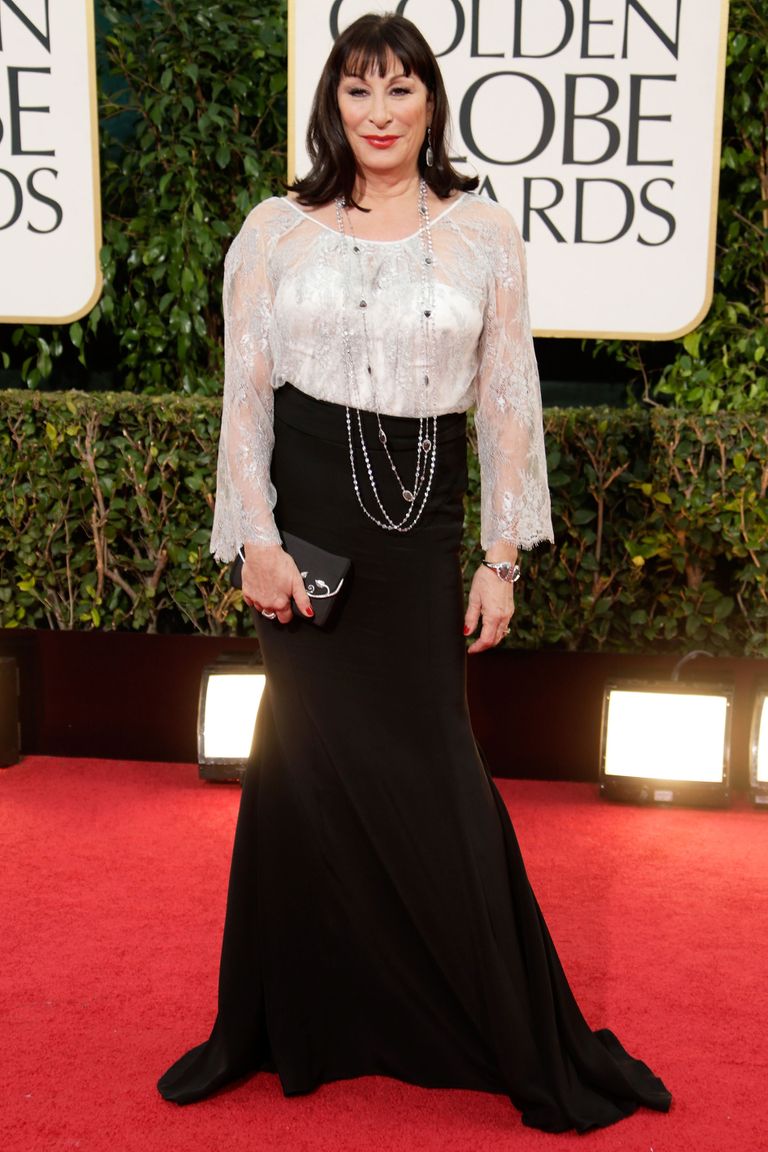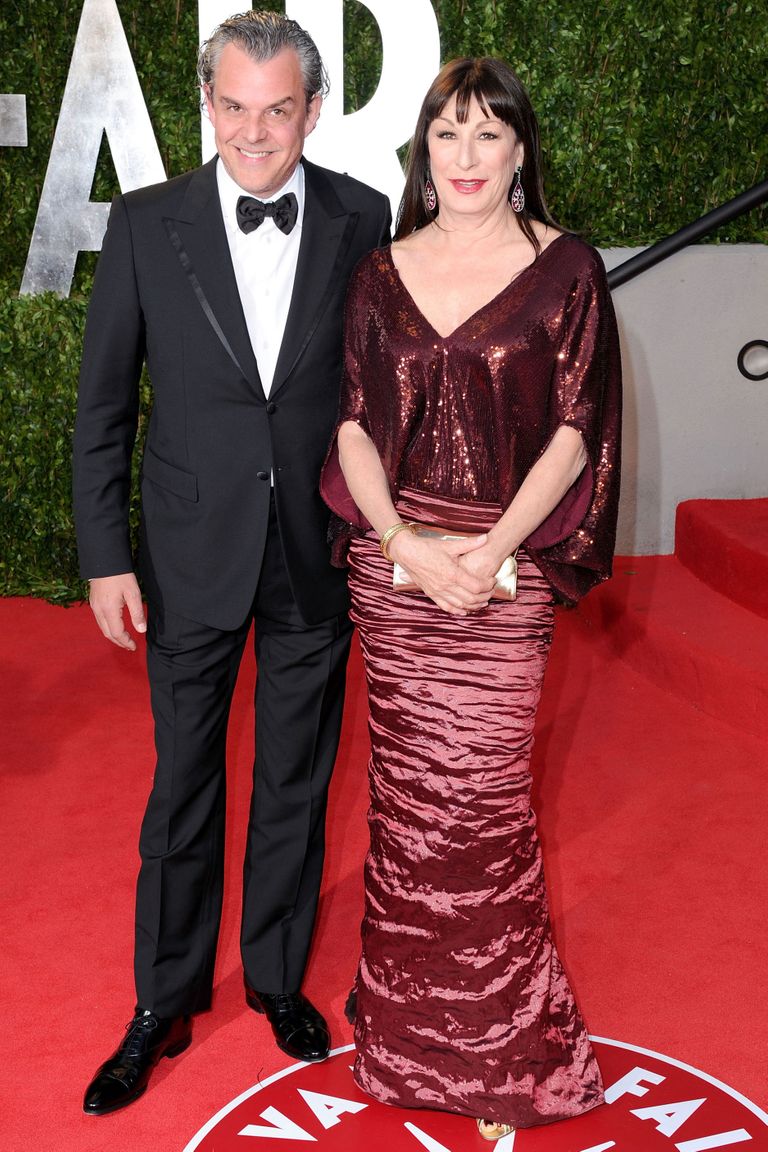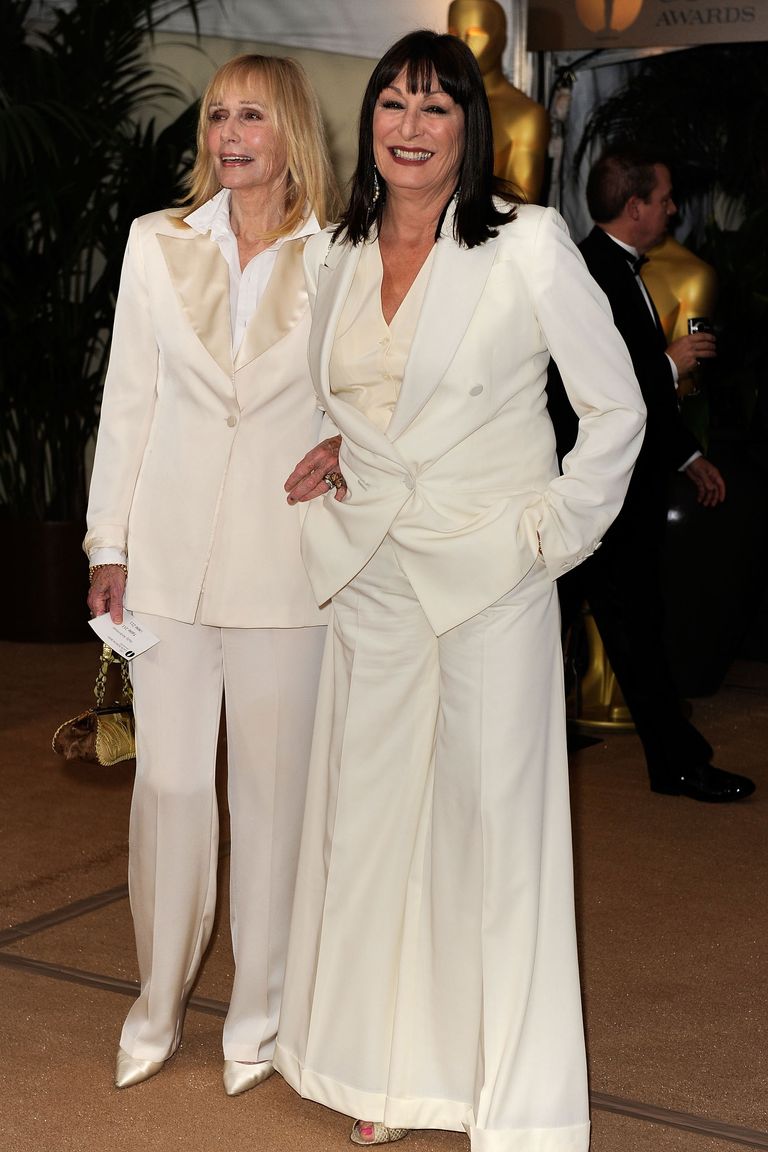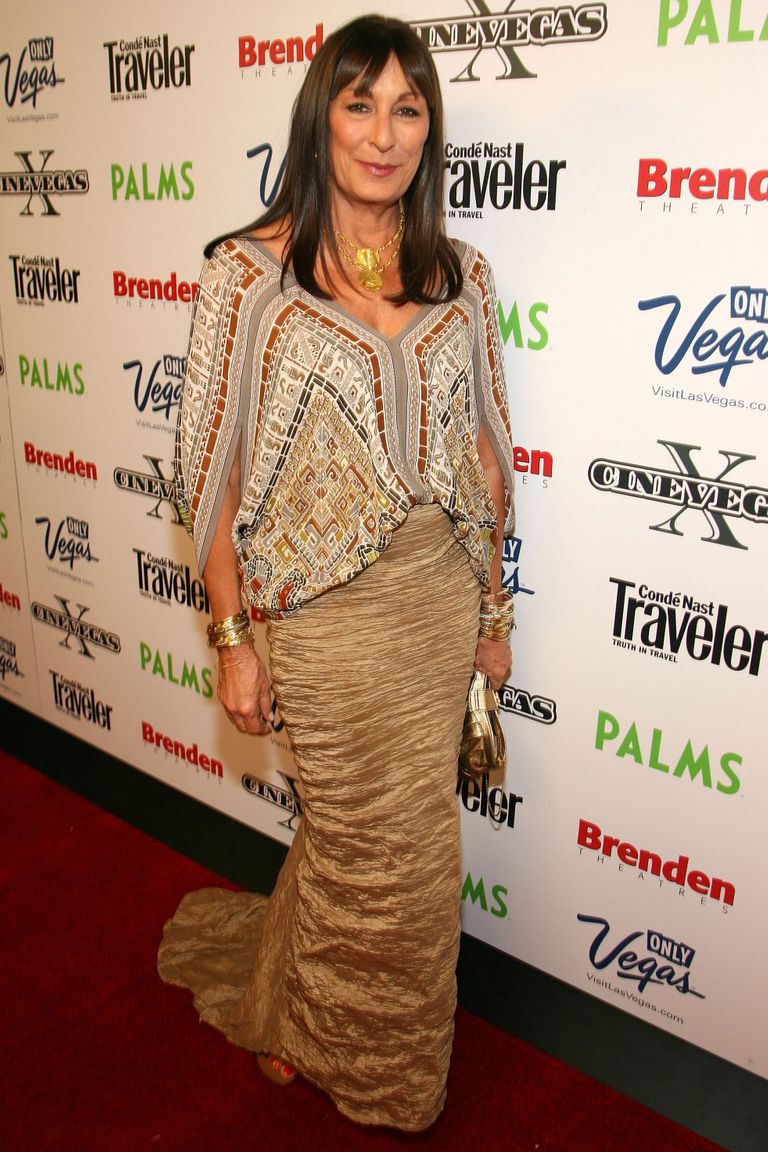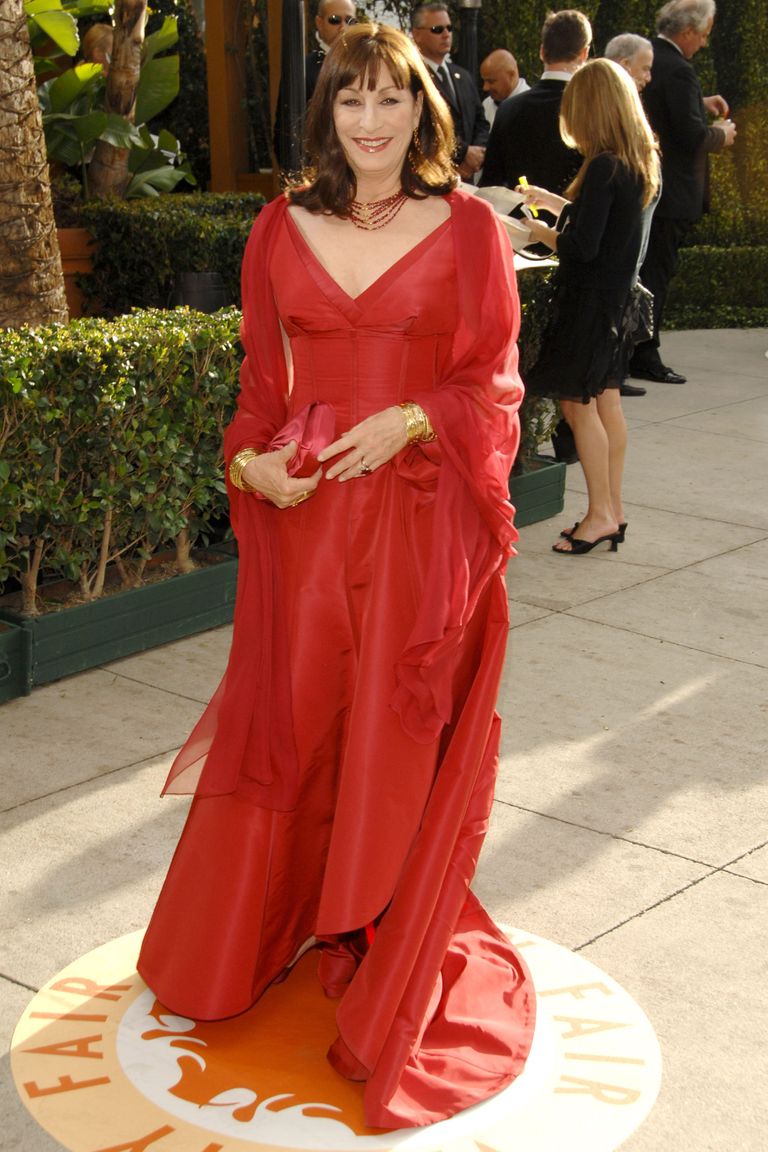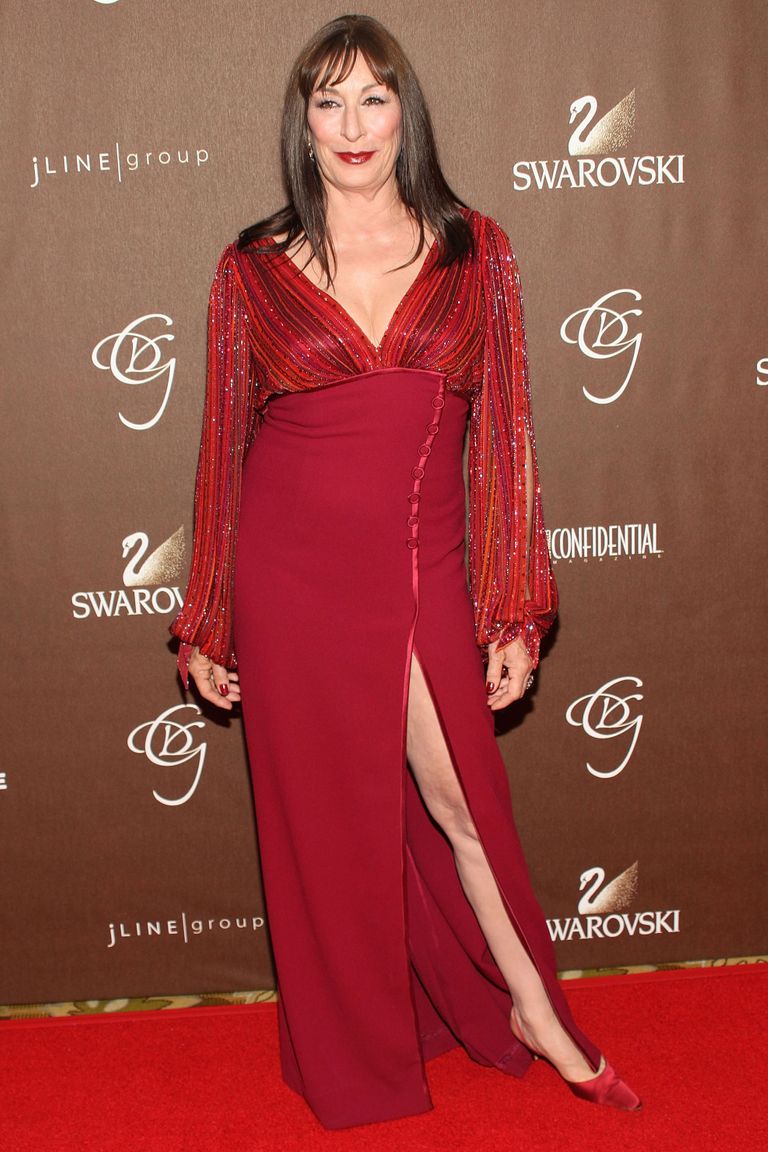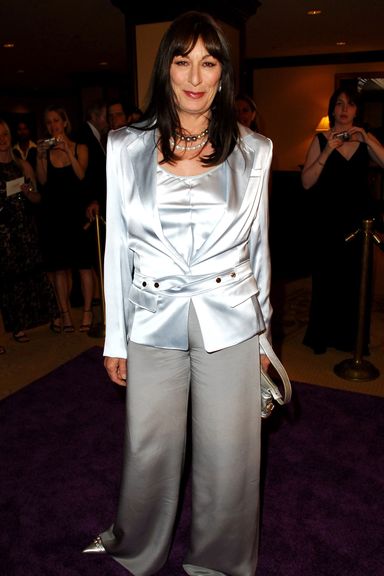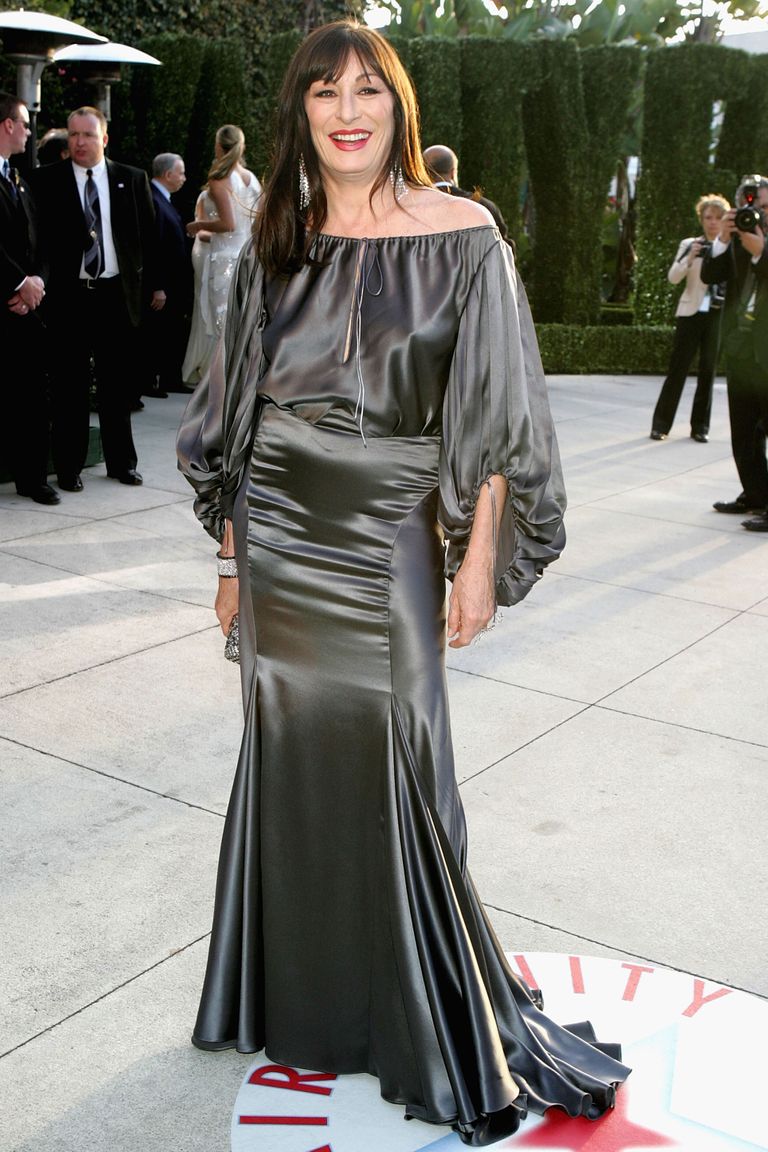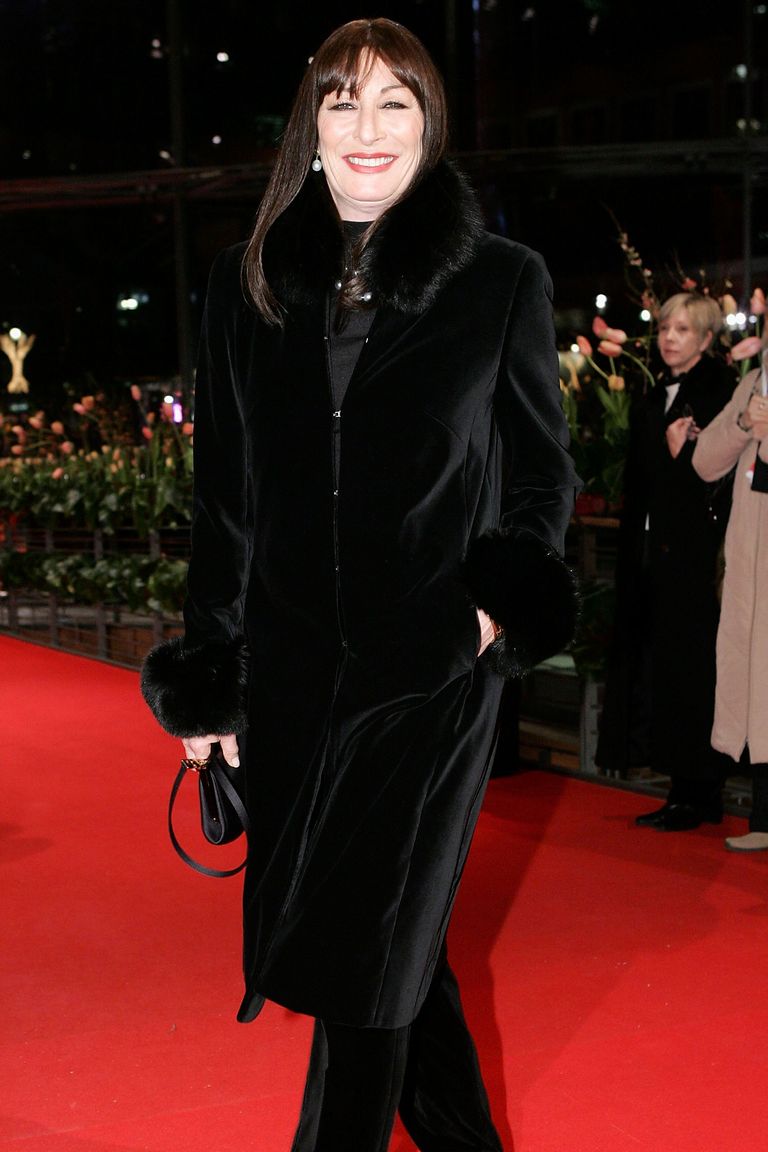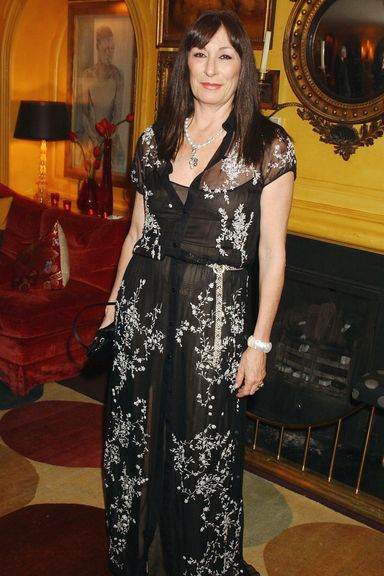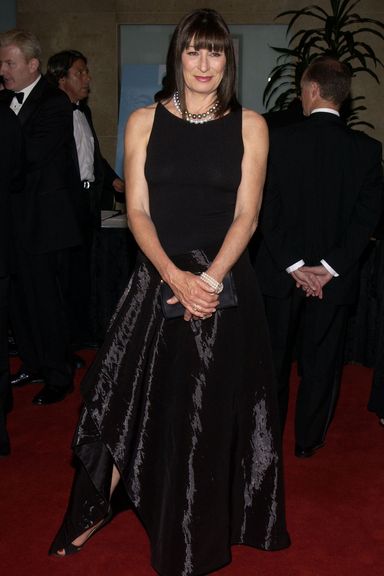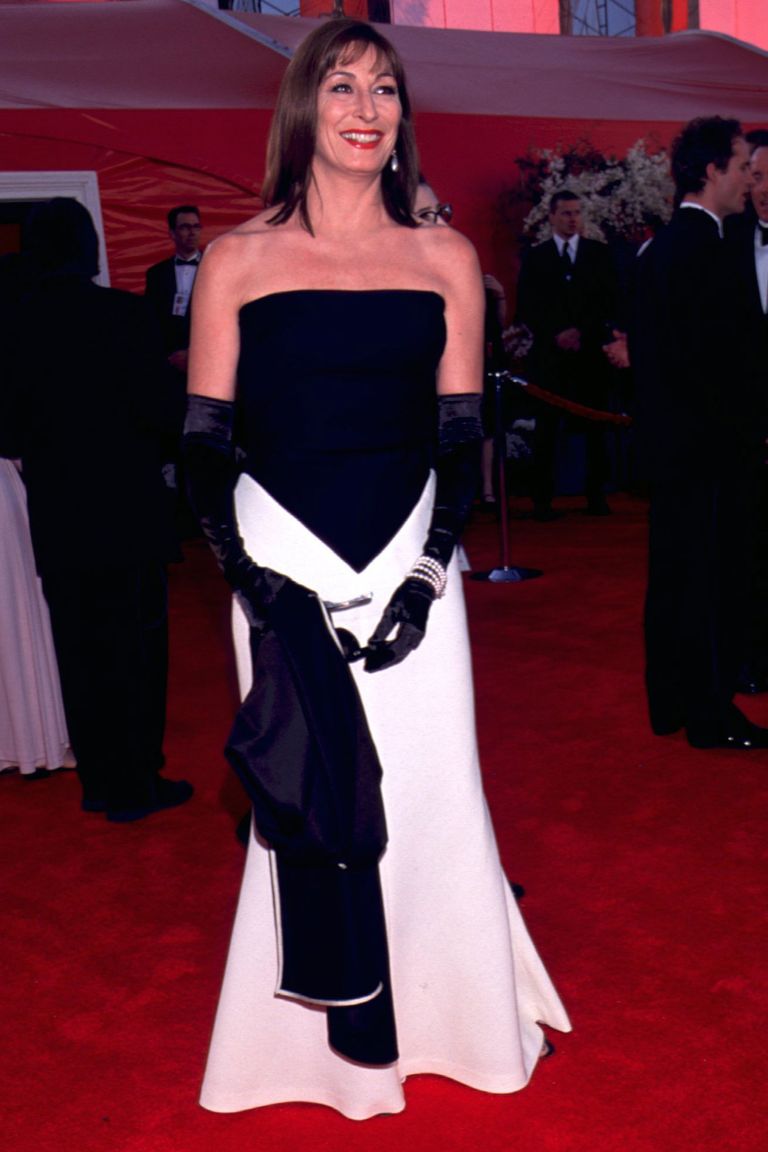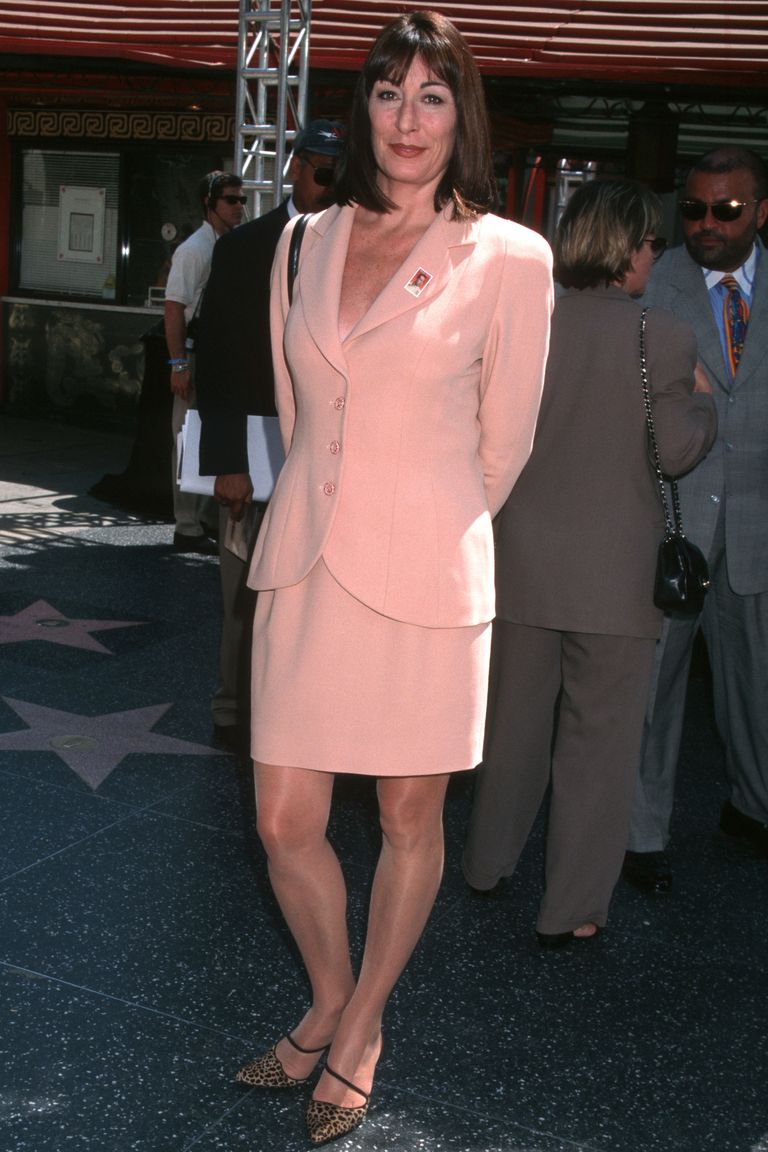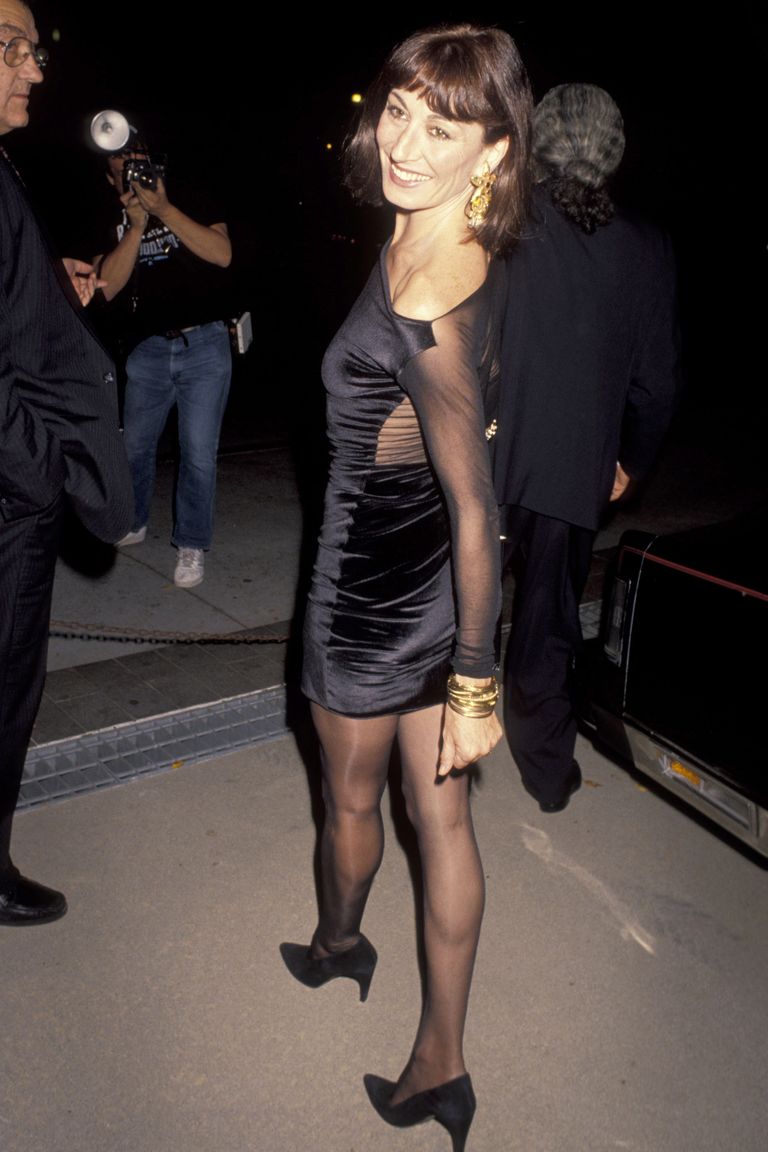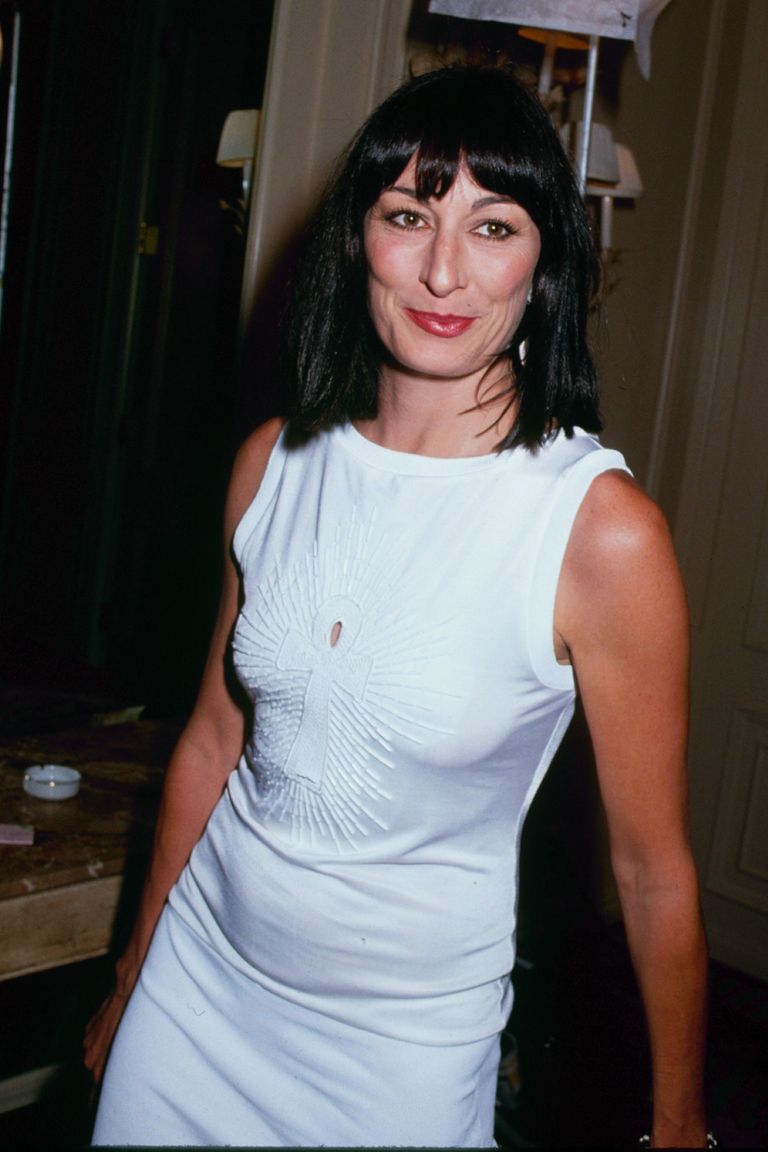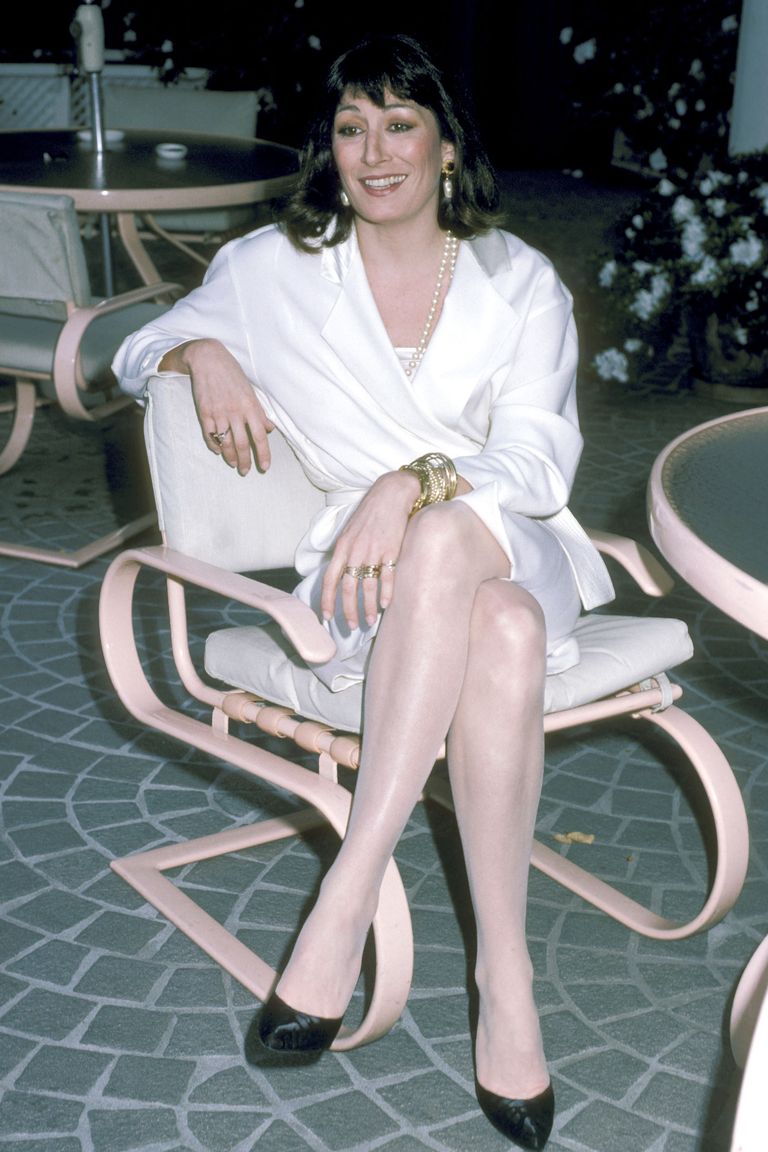Anjelica Huston on Dressing Normal and Perfuming Her Men
The new face of Gap is a sexagenarian bombshell. We’re talking, of course, about Anjelica Huston, one of the stars of the brand’s much-discussed “Dress Normal” campaign. The Cut spoke to the Oscar winner— whose second memoir, Watch Me, comes out in November — about dressing normal (as distinct from normcore), working with the world’s greatest photographers, and why there’s nothing better than a beautifully scented man.
How did you get involved in the Dress Normal campaign?
My husband and I posed for a Gap ad, my gosh — it’s got to be over ten years ago. I had a really good experience, so when they asked me if I’d be a part of it, I felt that it was a good idea.
One of the taglines for the campaign is “Dress Like No One’s Watching,” which I thought was very smart and also kind of contrarian, because street style is such a phenomenon, and people are dressing up as a performance for photographers.
The idea of dressing for yourself is a really nice one, particularly if you have the kind of taste that Gap is putting out there. I think that the clothes are very portable, you can wear them anywhere, they don’t necessarily scream money or exhibitionism. They’re just, simply, very interpretive of certain necessities that we all need. We all need a great pair of black jeans, we all need the great leather jacket, we all need the great white shirt. It solves a myriad of problems. So for those people who like to travel, who aren’t necessarily attracted to print or don’t need to dress up, and I say that with inverted commas around the “up” part – it’s a very kind of sensible way to dress.
Looking at your style over the years, that’s something that’s always been a through line for you: the great white button-down, lots of blazers.
Comfortable clothes that can take you anywhere and that look good. And that don’t sort of broadcast news about you. They allow whatever interpretation you find — they can be a background for your jewelry or just a background for your character. It’s the idea of the person leading the way, rather than the clothes leading the way.
What would you say have been your style essentials over the years?
Well, happily, just those essentials that Gap provides, fortunately. The great blue jeans — I love blue jeans — always like a Western look, which I think is easily translatable. I’ve always liked cowboy boots, leather jackets, nice jeans. I’ve grown more fond of leggings over the past three or four years. But overall, a good pair of boots, that’ll take you a long way. And definitely that white shirt comes into play.
You modeled for many years, and in your book, you talk about meeting Diana Vreeland and fainting in her office the first time you met her.
Oh, she was an amazing creature. She had a brilliant eye, she invented wonderful turns of phrases for Harper’s Bazaar, like, “Why don’t you bathe your blond child’s hair in Champagne?” She celebrated grandeur and beauty and nobility and had a fantastic, fanciful approach to life. She was absolutely one of a kind — and kind of scary [to] a young girl standing in her office. She was pretty overpowering!
You’re pretty candid about being considered too unusual-looking to be a model, and apparently Eileen Ford wanted you to get a nose job.
I had to overcome a lot of insecurity as a young girl. I don’t know, it’s that strange dichotomy of insecurity and certainty that young girls have. I was both obstinate and clueless, so I kind of had to figure my own way around those issues. It didn’t hurt that the best photographers in the world wanted to work with me. But I had trouble getting in the doors of less, shall we say, exalted photographers.
You worked with Richard Avedon, David Bailey, Guy Bourdin, Helmut Newton, Herb Ritts, this amazing list of photographers. Were there any that really stood out for you?
Well, Avedon, of course. He was my mentor. He was the first person to really photograph me. I went on a quite-famous trip for Vogue with Dick Avedon, so he had a tremendous impact on me and my career. And then I lived with a photographer called Bob Richardson — whose son Terry is actually more famous than Bob was — but Bob was a huge influence on me, and was also my boyfriend at the time. Bob was an extraordinary photographer. His pictures were much more about acting than most fashion photographers’ images at the time — they were still largely sort of static, and often, the model was perceived as a sort of distant, uninvolved character. But Bob’s pictures brought them very much into focus and to a kind of reality. I loved working with Helmut Newton. I heard initially that he was tough on girls and shouted at models, but my experience with him was that he was a sweetheart. He always knew what he wanted — and that’s what really sorted the men from the boys, was that the great ones always knew what they wanted, and the not-so-good ones were always waiting for you to give it to them. The funnest person to work with, for me, was David Bailey, because it was always a laugh and a gas, and his energy was fantastic, and his enthusiasm, and the way he spoke to us. He was sexy and adorable. But Avedon was the top of the crop. And I worked for Irving Penn, too, although I didn’t have that much fun with Penn. I only worked with him a few times, but he seemed to think of models more as still-life, so it wasn’t as fun as, for instance, Helmut or Bob.
One of my favorites is an Annie Leibovitz picture from 1985, for Vanity Fair. You’re wearing a white tank-top and jodhpurs and holding a cigarette, and it’s just this very simple, classic image.
Annie — she’s a great photographer. She knows what she wants. You usually have to fight to get there, not fight each other, but make a real effort to get to where you want to be in her pictures. All of a sudden, the elements come together and you think, oh, thank God. Because a few times I’ve worked with Annie and she’ll take you out to the middle of a desert and the dress won’t fit, or the clothes don’t seem to be right. A few times we’ve had to kind of patch it together, but the results are always fantastic. And it’s always difficult locations, like, oh, God, a year or so ago, she took me out to the coldest, deadest onion field in the whole of the greater United States, and it was so cold that it was literally blistering. I had to go to a dinner party that night and I couldn’t even make it to the dinner party because I was just, like, passing out from the effort it took to do those photographs.
I always wonder who finds those locations, like an onion field.
She does. And she’s relentless in her pursuit of brilliant landscapes, and how to really tell a story in a picture. Annie knows all about that.
You talk about how when you won your Oscar for Prizzi’s Honor, you didn’t have a stylist and you actually bought your own fabric for your dress.
I bought the fabric at Beverly Silks and Woolens. I did the whole thing myself. I’ve always had an idea about how I wanted to look, and in those days, you shopped. It was Giorgio’s in Beverly Hills. You didn’t fly to Paris to get outfitted for the awards. And Paris didn’t fly to you.
I know Halston was also a great friend of yours, and you wore this fabulous Halston gown to the premiere of Chinatown.
There was another woman in the audience wearing the same dress that night. I remember thinking that was quite amusing. That was the other thing, you didn’t get mad at somebody else for wearing the same dress. You just tried not to bump into each other.
When you sold vintage pieces from your wardrobe at Decades in June, was it hard to get rid of some of those memories?
I’m a big advocate of re-wearing things and having these fantastic designers, having their clothes exposed more than once, you know. They don’t get a chance. These beautifully made things swim down the red carpets once in their lives and then are stored away in attics and drawers, I don’t know where they go, but so many of them are fantastic and deserve to be seen and deserve a second life. So I felt really good about it.
You’ve had spoken before about how you have this thing for dressing the men in your life.
Dressing them up as my father. [laughs.]
Is that still the case?
Well, I love elegant men, and I think there’s nothing better than a good-smelling, good-looking man.
This interview has been condensed and edited.
